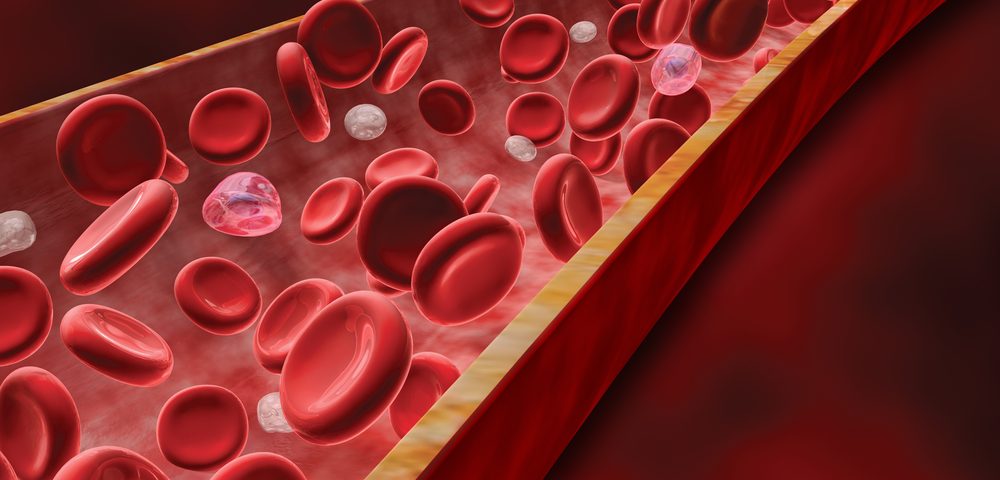The protein galectin-3 (Gal-3) might play a key role in the development of endometriosis, a study suggests. Moreover, blocking this protein may be a possible treatment strategy.
The study, “Galectin-3 plays an important role in endometriosis development and is a target to endometriosis treatment,” was published in Molecular and Cellular Endocrinology.
It’s not entirely clear what causes endometriosis, even though it is a fairly common condition, affecting as many as 1 in 10 women of reproductive age. The most widely accepted theory is that endometriosis is caused by retrograde menstruation — when uterine tissue flows into the abdominal cavity instead of out of the body. Endometrial cells then adhere where they aren’t supposed to and start to grow.
Based on this theory, angiogenesis — the process by which new blood vessels are made — is critical to the development of endometriosis.
This idea led investigators to look into Gal-3, a protein that’s been demonstrated to promote the growth of new blood vessels. A previous study had shown that there’s an excess of Gal-3 in human endometriosis lesions, so they hypothesized that this protein might be helping drive the development of the disease.
To test this, the researchers tried to induce endometriosis in wild-type mice and in mice lacking the gene that encodes Gal-3. Nearly all of the wild-type mice (94.7%) developed endometriosis-like lesions, and those lesions had high levels of Gal-3 in them. However, more than a third of the mice lacking Gal-3 didn’t develop lesions (38.8%).
In the lesions that did develop in mice lacking Gal-3, there were lower levels of angiogenesis markers and inflammatory cells like macrophages compared to wild-type mice. These data suggested that Gal-3 is indeed an important driver of endometriosis, at least in this animal model.
The researchers then tested whether Gal-3 could be therapeutically targeted to improve the course of the disease. They used Gal3C, a piece of the Gal-3 protein that can basically block its action. The investigators were particularly interested in using this protein fragment because they had recently developed a method to produce it quickly and cheaply.
When mice with endometriosis were treated with Gal3C, over half the lesions disappeared; those that remained were smaller than those of control mice. Additionally, the lesions of Gal3C-treated mice had similar changes in inflammatory cells and signaling proteins as the mice lacking Gal-3.
The Gal3C caused no observable toxicity in the treated mice.
“Gal-3 significantly contributes to the establishment, growth and development of endometrial lesions,” the researchers concluded. Additional research may further clarify exactly what causes endometriosis and how it can be therapeutically targeted to treat people.

